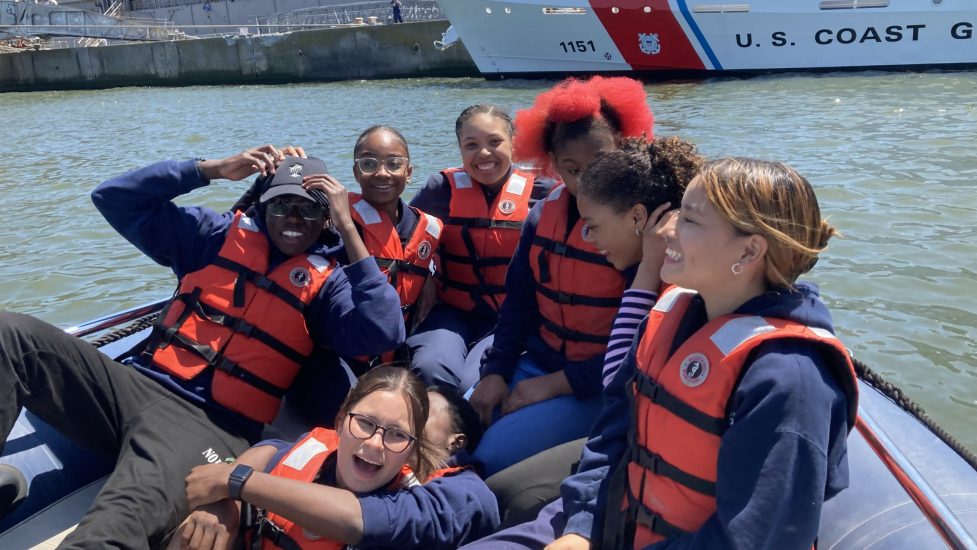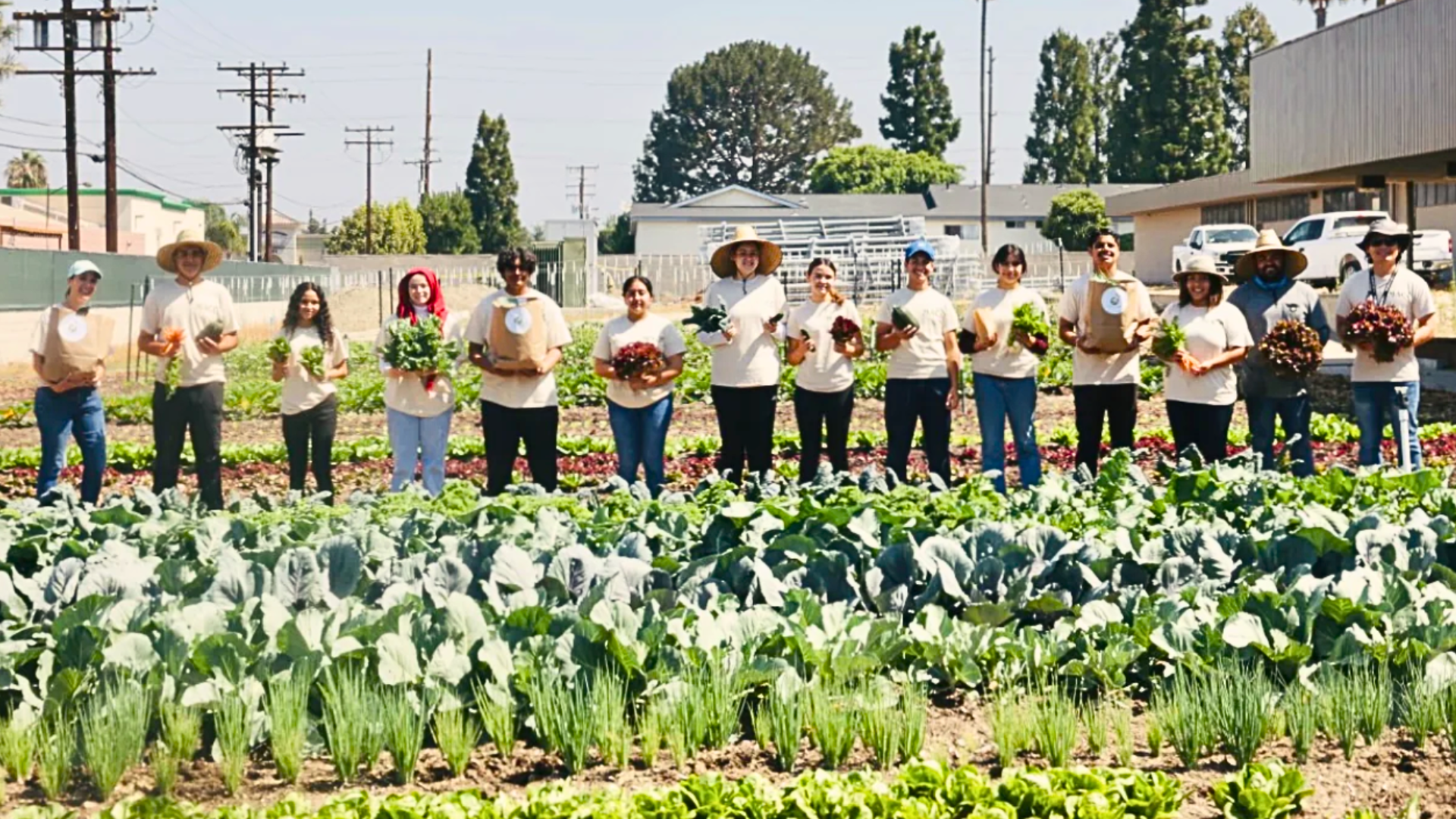When high school students begin charting a career path, they often choose one of two options: preparing for college or focusing on specific job skills through a career and technical education (CTE) program. A one-of-a-kind high school in New York City mandates students complete both as they prepare for maritime careers in jobs ranging from vessel operators to marine biologists to professional divers.
The Urban Assembly New York Harbor School started in 2003 to fill an education void in a city surrounded by water. About 1,000 students apply for 140 seats each year. Construction is underway to build new facilities that will double the school population, which is currently about 500 students.
“If you think about New York City, it’s iconic for having Broadway shows or having this giant subway system. But it’s not like Seattle where it’s iconic for its water. And so the founders wanted to connect New York City students to the water in some capacity,” explains Aneal Helms, the interim acting principal at the Urban Assembly New York Harbor School.
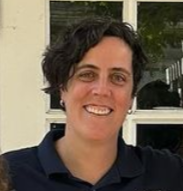
That connection to the water starts with commuting to and from school. The New York Harbor School is the only New York City public high school accessible by ferry. It’s located on Governors Island, a former Coast Guard station off the southern tip of Manhattan.
Ninth graders are introduced to all CTE areas of study including aquaculture, marine biology research, marine policy and advocacy, marine systems technology, ocean engineering, professional diving, and vessel operations.
By tenth grade, students enroll in one of the CTE programs and stay with it until they graduate. That’s in addition to their traditional high school coursework.
Billion Oyster Project
The successful program is not only gaining attention but investments.
To provide hands-on learning, the school collaborates with partners. A major one is the Billion Oyster Project (BOP), which has a goal of restoring one billion oysters to the New York Harbor by 2035. Oysters are natural water filters. BOP was started by two former educators from the New York Harbor School who left to create a larger, separate entity.
The school’s close relationship with BOP helps weave real-life problem solving into the CTE tracks.
“Our aquaculture students grow the oysters in the aquaculture lab. Our welding and fabrication students make oyster cages. Our vessel operations students on the boats drive the oyster cages to different sites around the city and place the oyster cages into the harbor,” explains Helms.
She continues, “Our professional dive students help set the oyster cages by going down into the harbor and helping set them there. Our ocean engineering students help monitor the reef sites that we’ve created with underwater vehicles. And our marine biology research students collect data around those different sites to see what is going on and what can be improved.”
The latest CTE track to be added to the program is the marine affairs program. In that, students work on things such as logistics and where oyster cages can be placed in the city as well as obtaining permits.
Along with technical skills, soft skills are also being developed as students work on real-life problems.
Regarding the school’s diverse student population, Helms says, “It’s an experience that not a lot of teenagers experience until they get into an actual job, so I think we are providing them the opportunity to use their problem solving and their collaboration with their classmates a lot earlier than a lot of students.”
Students of color make up a majority of the school population and 25% of the student body identify as having learning disabilities. Helms says roughly 85% of students go on to college and 15% enter the workforce upon graduation.
Working With Partners
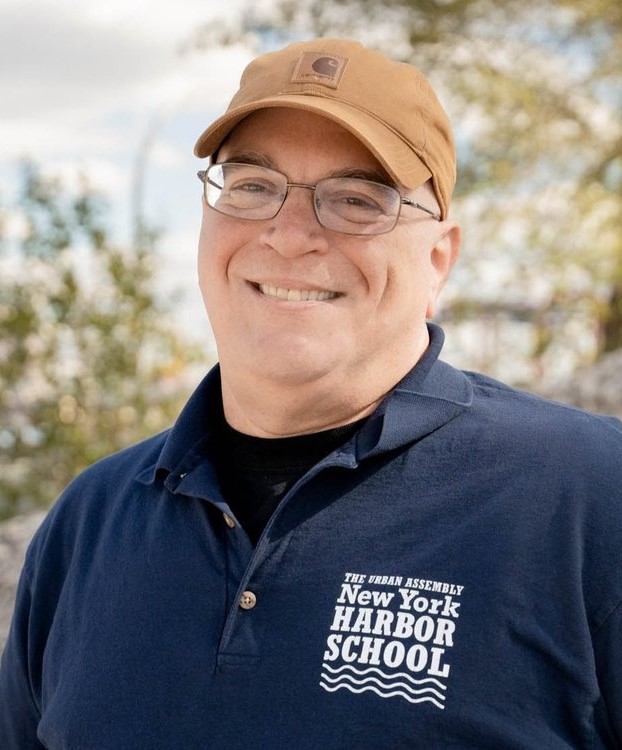
While the Billion Oyster Project is a major partner, the school counts more than 150 others.
“Programs need to have industry partners in order to stay up to date on curriculum, and labor markets and so on to benefit the students,” says Mike Cohen, partnership manager at the New York Harbor School and the Billion Oyster Project.
The U.S. Coast Guard, towing companies, and postsecondary education institutions, notes Cohen, are examples of the school’s partners. But he explains the list is wide-ranging and not always tied to maritime industries.
“Our marine affairs program works with a lot of politicians. They’re always off at City Hall testifying. So, there is no single answer as to who the partners are as they really run the gamut.”
Career Paths and a Passion for Water
Also running the gamut – the kinds of certificates and careers students pursue. Most students, says Cohen, earn the New York State Safe Boating certificate. The school, he says, also makes an effort to train every student on CPR, First Aid, and AED training.
Those certificates are mandatory, among others, for the vessel operations pathway that prepares students for jobs after graduation, including internships in the last two years of high school. It can lead to jobs under the umbrella of water transportation workers defined by the Bureau of Labor Statistics which lists the median salary as $66,000 nationwide with 2% industry growth by 2032.
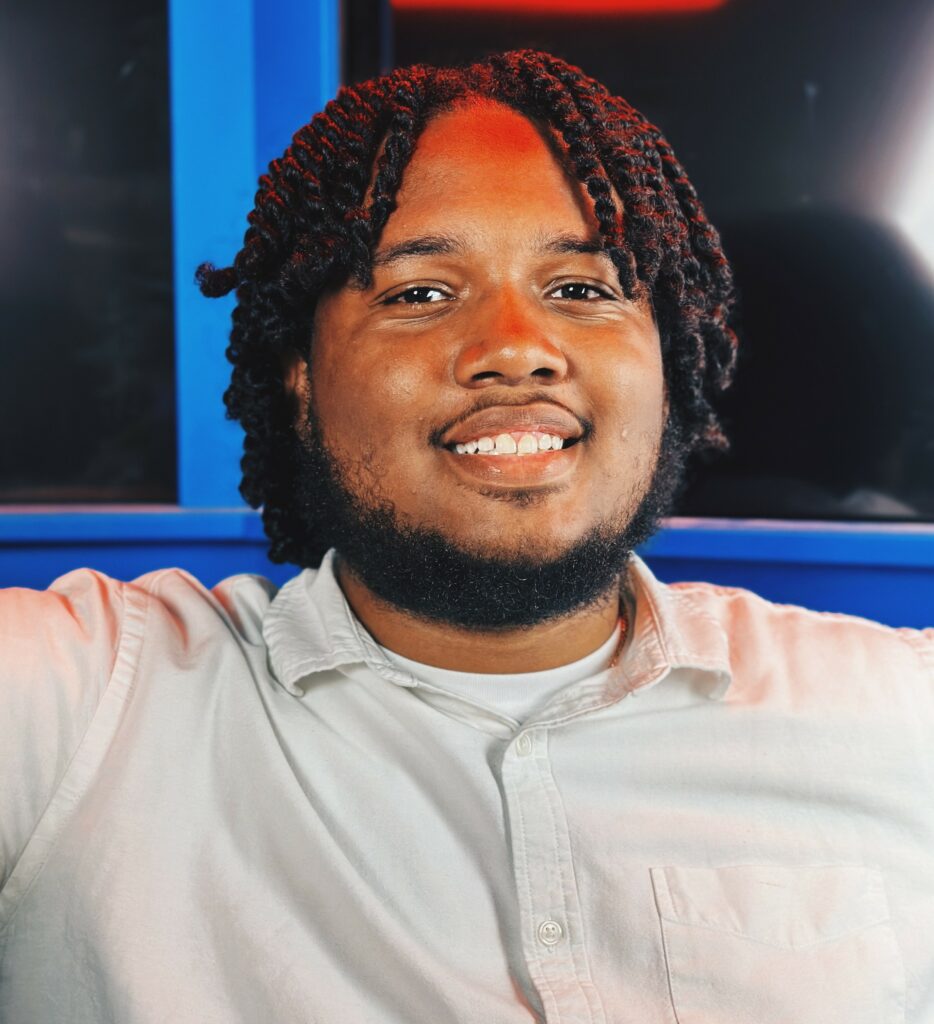
Twenty-one-year-old Davere Hanson – a 2020 New York Harbor School graduate – completed the vessel operations pathway and now plans to teach CTE courses like those that he took. Hanson says he didn’t know about maritime industry careers but a ferry ride with his father during middle school proved to be lifechanging.
“I went to the Harbor School for an open house, and I just fell in love with the water from there on. I was like ‘I don’t know how to swim, but I’ll give it a shot,’” recalls Hanson. “You are just staring out at the water, the wind is hitting your face, and you are just decompressing from everything else that is going on in busy New York City. From then on, it was therapeutic for me.”
While Hanson has a passion for the water, his other passion is equity in education – “to change the way that the youth are being brought up, change the way the education system is helping our youth, making it more equitable for everyone across New York City.”
Hanson is now a CTE teacher candidate at the New York Harbor School and the Billion Oyster Project through the Success via Apprenticeship program and pursuing a degree through the New York City College of Technology. Upon completing the 5-year apprenticeship program, he’ll receive a license to teach CTE courses.
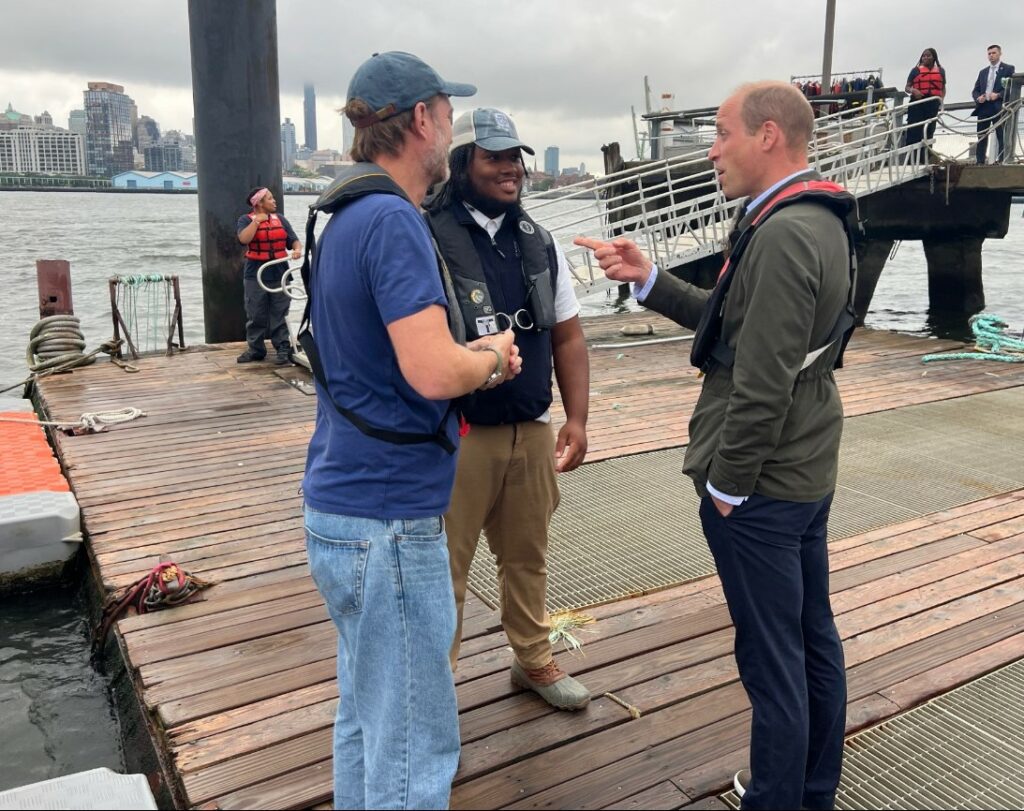
Hanson’s experiences are far reaching and include meeting Prince William who visited the Billion Oyster Project in 2023 to learn more about the work being done. “Being able to show Prince William what we do here at the New York Harbor School and the Billion Oyster Project was amazing,” he says. “He was talking about ways that the BOP can expand so that people can start doing this around the world.”
Becoming a Professional Diver
While Hanson is happy being above water, Helms says the CTE path that draws the most attention among incoming freshmen is the diving program. However, she notes that interest often wanes after students learn how much work is required, including going to a pool each Saturday to practice.
That level of commitment did not deter New York Harbor School graduate Gabriela Torres Schwartz, now 19 years old and a professional diver.
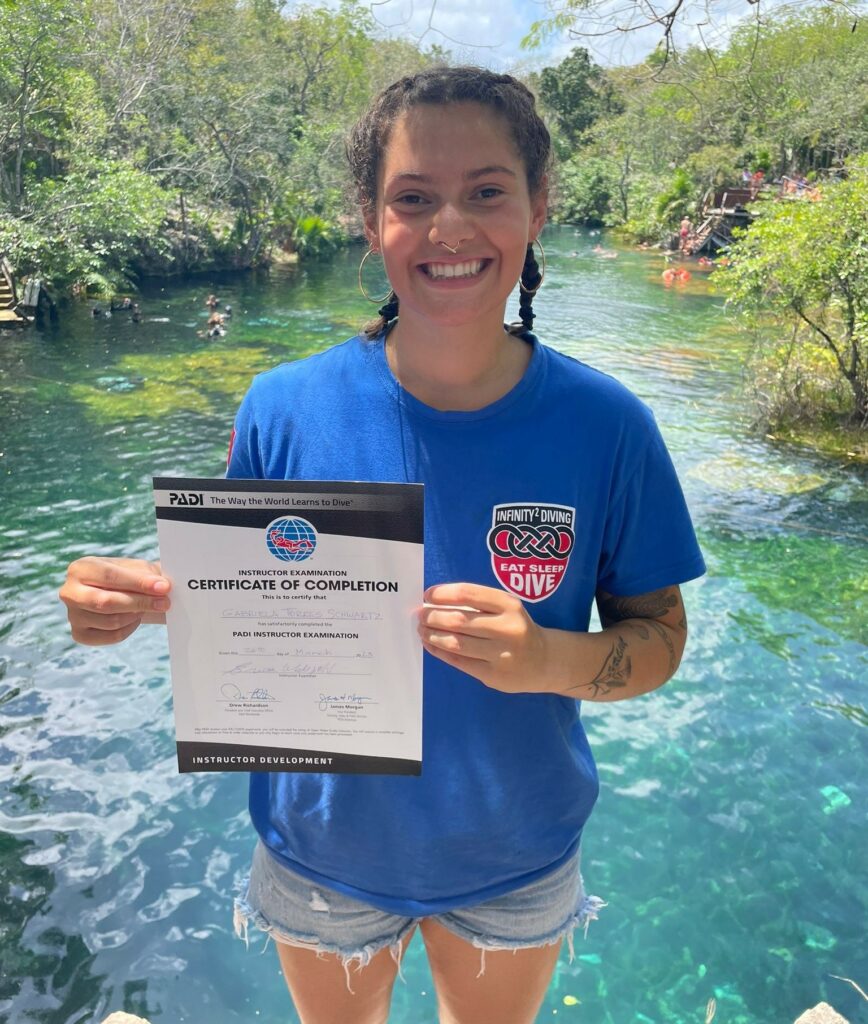
She was inspired in the 9th grade by her diving teacher, who continues to provide support.
“Just seeing the passion that he had for the students, for diving, and learning also really inspired me to continue doing that work past high school and proved to me that it could be something fulfilling,” says Torres Schwartz.
She says the New York Harbor School also matched her learning style. “I’m a really experiential learner and sometimes it was hard for me to feel challenged in typical school settings because I didn’t feel like it was giving me as much hands-on learning as I needed.”
The New York Harbor School prepares students to become divers in the commercial and recreational industries, as well as scientific divers. The Bureau of Labor Statistics lists the mean annual wage of commercial divers as $85,630.
The school boasts being the only public high school in the country to be both a member of the American Academy of Underwater Sciences and to offer certifications as scientific divers which is at a college level.
Among certificates students can attain – entry-level open water, advanced open water, rescue and first aid, and divemaster that allows them to work in the recreational dive industry after graduation.
Torres Schwartz deferred her college acceptance to take a gap year, received her divemaster certification while visiting seven countries working as a diving instructor and photographer. Back in New York, she is doing contract work for the Billion Oyster Project.
“For me, BOP is this gateway to using the knowledge and power that we have as New York locals and people who live in New York to make a real impact on our environment,” she says.
Protecting the environment, she continues, is attracting people like her to diving who look behind thrill seeking. “At this point, there is a switch, I think, in our world understanding that we are in a climate crisis that we need to step in for generations to come to be able to enjoy our environment and to be able to live.”
An Industry Becoming More Inclusive
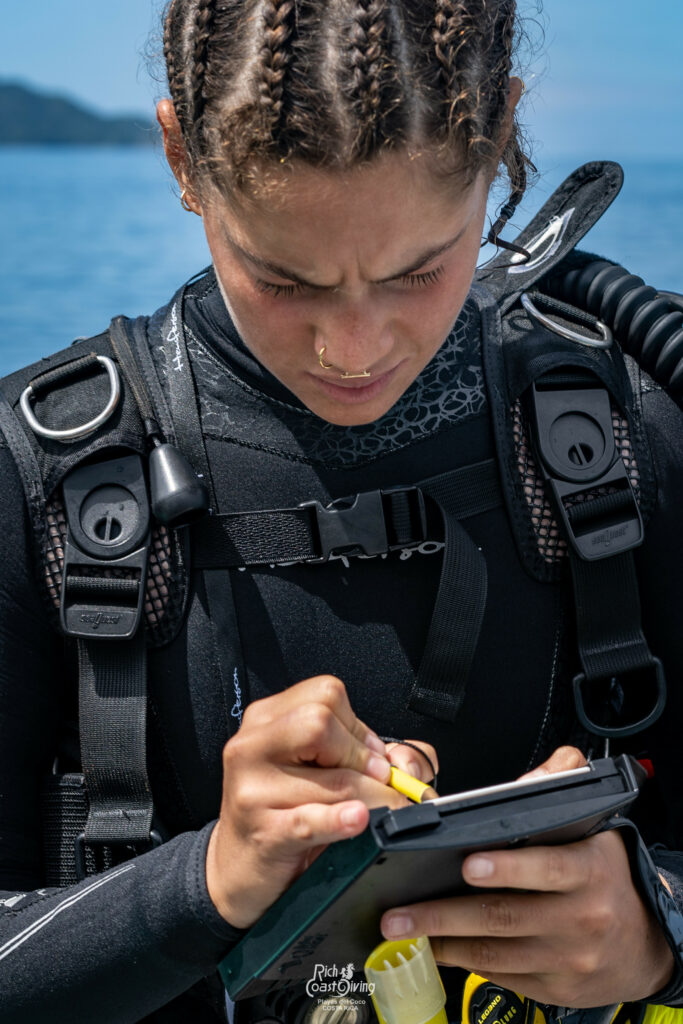
Torres Schwartz is encouraged by changes within the diving industry. She notes that her high school instructors made students aware that the industry was mostly white and male.
“I learned to dive around lots of other kids that looked like me, sounded like me, had parents like myself. It can be challenging to explain to a teenager that if this is the career they are going into, they might not feel as welcome,” says Torres Schwartz. But, she’s seeing a more inclusive industry, “You see lots more women in diving now. A lot of us are in leading positions.”
Expanding inclusivity is at the core of the New York Harbor School. As a budding teacher, Hanson stresses that underrepresented students need to be given access to the maritime industry to bridge gaps.
“It’s all about access,” he says and adds, “Being able to get the students to see what it is that these industries are.”

